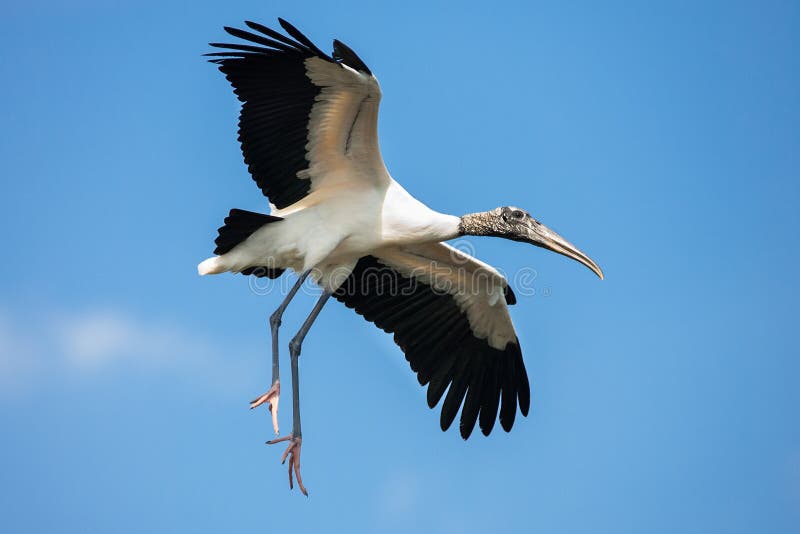Dr. Koresh was apparently very charismatic and attracted a large number of very rich patrons/commune members. All you had to do was give all of your earthy wealth to the commune to join. You could leave at any time but with only the clothes you had on. Must have worked, as the commune was wealthy. Very arts oriented, elaborate plays and productions were put on at the large Art Center.
Dr. Koresh's receiving room in his home was elaborate.
The Seven Sisters lived in the house called the Planetary Court, along with one male "guardian". The Sisters had much of the control of the everyday running of the commune - a publishing company, finances, general decisions, etc.
Their rooms were simple but nice.
The desire for electricity lead to a 23 kilowatt generator being purchased. This was originally run by a steam engine, but upgraded to a 80 hp diesel in 1925. This provided electricity for everyone until the 1940's when the state of FL brought electricity to the southern FL. There is also a large machine shop, run by a small gasoline engine, with all machines belt driven from an overhead belt system. Both facilities are fired up and demonstrated on Wednesday and Saturday mornings, which Luke, of course, managed to catch.
Botanical gardens, food gardens, a bakery, a laundry, and a concrete factory were in on site. Everything was made, including this.
The commune began to to fail after Dr. Koresh's death at age 69. The story is that his grave was guarded constantly for years after his death, awaiting his return. Finally a hurricane washed the grave and his body out to sea. As the guide says "he still hasn't come back"....The last 4 members of the commune lived there until approximately 1965 when they gave the land to the state of FL to create a park.
One afternoon we zipped out to Lover's Key. Apparently it was so isolated that the joke was that only lovers would bother to go there. The beach is beautiful soft sand and lots of shells.
Hidden in the mangroves was a lazy Black Capped Night Heron.
The long boardwalk left the flatwood area and covered the wet marsh valley.
From there, we entered region number 3, the cypress bog. Tall, straight trees densely fill this area.
The ground becomes wet, supporting the nation's oldest Bald Cypress.
Water becomes deeper as we travel further into the region.
Plants and bird life increase. Ferns -
And swamp lilies
This palliated woodpecker was hard to find in the trees.
Our best sighting was an Anhinga nest with 3 chicks. The black and white feathers are mom. Look carefully and you will see 3 little bills - the biggest chick is the easy one!
Oh, and of course, snakes. This cottonmouth was curled on leaves below the boardwalk. Not large, but large enough...
From the west coast to the east coast on Saturday. We are now at the Jonathan Dickinson State Park. It's a large park, over 4 miles long, situated between Stuart and Juniper FL. We'll be here only 3 full days but look forward to it.





























































